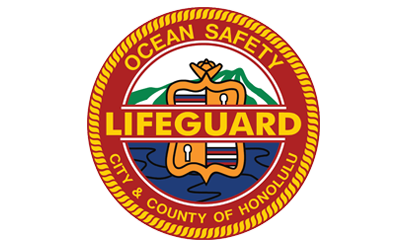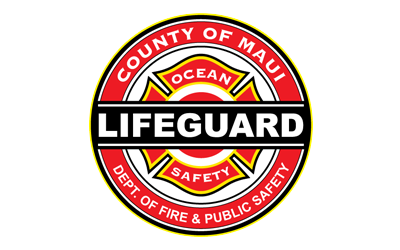
Epicstockmedia/Shutterstock.com
The beach can be fun for everyone, but there are certain precautions to take when bringing children near the ocean. Here are tips to help keep your family safe at the beach.
Make learning about ocean safety a family activity before visiting the beach
Review the Safety in the Ocean and Safety Around the Shoreline sections with your children ahead of your visit. You should also talk to your child about strong currents to help them understand how powerful the ocean can be.
Na Kama Kai Ocean Safety Video
Video Courtesy: Na Kama Kai
Enroll your child in swimming or water safety classes before you go to the beach
Swimming in the ocean is different than other bodies of water. Classes can help your child develop good habits and become more comfortable around water.
Take your family to a lifeguarded beach
Listen to lifeguards and obey all instructions and orders. Point out where the tower is to your child.
Have a responsible adult supervise children that are in or near the water at all times
Children can quickly drown, even in very shallow water. Never leave a child unattended as conditions at the beach can change quickly, and do not depend solely on lifeguards to “babysit” your children. Do not let older children watch younger children at the beach. Adults should avoid distractions, such as phones or digital devices, while supervising children near the water.

bunyarit klinsukhon/Shutterstock.com
Recognize that a drowning person may not look like they are drowning
Drowning victims, especially children, rarely are able to call for help or wave their arms. They may appear to be treading water while looking up. Other signs of drowning include:
Remember, children who are playing in the water make noise. If they get quiet, get to where they are and find out why.
Avoid beaches with heavy shorebreak.
Shallow water at beaches with heavy shorebreak can be especially dangerous. Head to a beach with a gentler shoreline.
Use extreme caution when using flotation devices or beach toys
Floatation devices such as pool floats, inner tubes and even beach balls, can easily be carried out into deeper water, taking your child with them. Although these devices are designed to float, they can still be flipped over by a wave, creating a potential drowning hazard.
If a child goes missing, check the water first
Teach your child to ask permission before going near the water. Seconds can make a difference in preventing an ocean-related injury.






